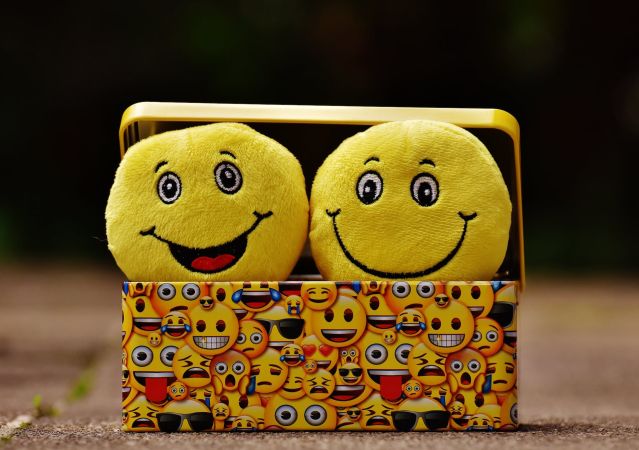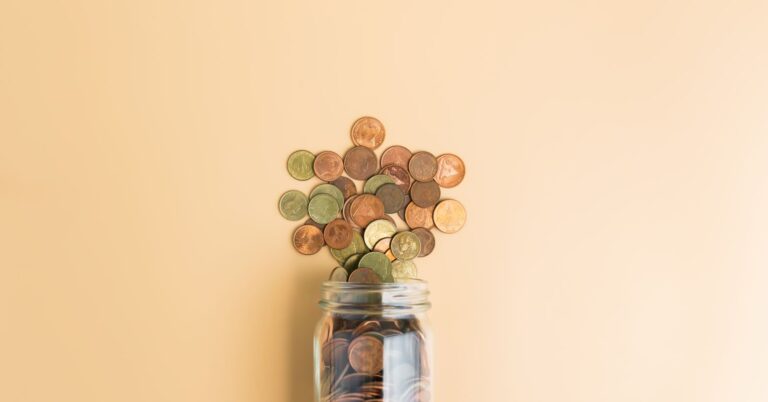The way in which consumers are influenced by emotions in the decision-making process has become evident in the last couple of decades. Traditionally, consumers have been asked ‘how they feel about products and services. However, as people are often unaware of the emotions they experience, the responses do not accurately reflect reality. It can therefore be difficult to get a clear understanding of what kinds of emotions influence the choices made.
One way of overcoming this problem is through the use of consumer neuroscience investigations, which have helped to create a deeper understanding of the role of emotions in consumer-related choices. From neuroscience studies, we have learnt that all emotions serve as a source of information for consumers.
Generally, emotions are grouped as positive or negative. Positive emotions include love, pride, and happiness whilst negative emotions include aspects such as anger, disgust, and fear. Whether the emotions are positive or negative, they all trigger physiological responses, such as increased heart rate and adrenaline rushes. Also, both types of emotions play a significant role in steering the choices consumers make.
Different types of moods
Whether you experience positive or negative emotions, both will steer the decisions consumers make. However, it is important to distinguish between different types of emotions rather than whether they are positive or negative.
Consumers have been found to be more willing to pay a higher price for goods and are drawn toward high-risk and high-reward options when they are sad. Regarding the latter, let’s say that you feel sad, and you are an environmentalist. Whilst shopping in a supermarket you are faced with a two-for-one offer. Rather than thinking that you don’t need two identical products, you focus on the fact that you are getting one item for free, and therefore go with the high-reward option.
When it comes to risk, anxiety can reduce the likelihood of making a risky choice and make you care less about rewards. Interestingly, this also happens when people experience positive emotions. Thus demonstrating that not all negative moods affect you in the same way and that they can generate a similar outcome as positive moods.
Another example of how negative moods can influence risk-related decision-making differently can be noted from fear and anger. For example, anger leads to more optimistic assessments whilst fear leads to more pessimistic risk assessments.
When it comes to risk-seeking, perhaps the most problematic emotion for consumers is stress. It is not uncommon for consumers to rush to make decisions between work or social activities. This often means that they feel pressured to make a quick decision. It may be one they regret as stress is known to increase risk-seeking.
Men have also been found to take more risks, compared to women, when feeling stressed. This behaviour was associated with greater activation in the insula (which signals aversive outcomes and weighing differences in expected value in risky decision-making) and the putamen (that have a functional role in habitual behaviour) during the decision-making process in comparison to women.
The relationship between emotions and risk-taking is something particularly worth bearing in mind if you are making financially related decisions. Even paying for an item online may be affected by how someone feels. If there is perceived risk about making the payment online, it can decrease the likelihood of a purchase taking place.

Courtesy of Pixabay /Pexels
Making future decisions
Purchases often involve making predictions about how we may feel when we have bought something. For example, will buying a new hat make me feel good?
Unfortunately, consumers are not great at predicting how they will feel in the future. This means that people often purchase something on the basis that they think it will make them happy. However, as it is common to overestimate the future emotions of happiness linked to products, consumers often feel disappointed with the item as it does not live up to their emotional expectations.
And just as consumers can’t accurately predict how they may feel when they own a product, they also find it difficult to imagine how they may feel about being rewarded in the future. Meaning that immediate rewards tend to be more emotionally salient. Hence, if people expect to experience less pleasurable emotions in the future, they are also less willing to wait for future rewards. Just as in the earlier example of facing a two-for-one offer in a supermarket, it makes people more likely to ignore future environmentally based rewards, even though it may give them immense pleasure.
It’s complicated
Whilst there is currently no exact guide on how consumers respond to their emotions, it is evident that emotions are steering the decision-making process. For example, as a consumer, you should be aware of this and try to avoid shopping and making decisions when you are under pressure or feeling anxious as it may not lead to the outcomes you want.



















+ There are no comments
Add yours